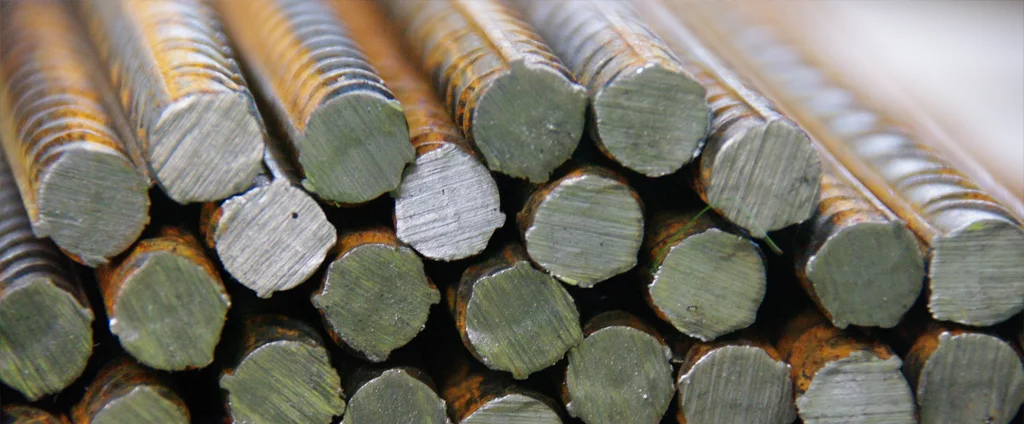Grey Cast Iron SAE J431 Grade G3000 (UNS F10006)

SAE J431 Grade G3000 is a gray cast iron alloy commonly utilized in automotive and industrial applications. Renowned for its excellent wear resistance, good machinability, and cost-effectiveness, it is ideal for components such as cylinder blocks, cylinder heads, flywheels, and differential carrier castings.
| Chemical Composition | ||
|---|---|---|
| Element | Min | Max |
| Iron | —— | Remainder |
| Carbon | 3.1% | 3.4% |
| Manganese | 0.6% | 0.9% |
| Phosphorus | —— | 0.15% |
| Silicon | 1.9% | 2.3% |
| Sulfur | —— | 0.15% |
The following table provides a list of SAE J431 Grade G3000 properties in both SI and US customary/Imperial units.
Click on the button to switch between Metric and Imperial units.
| Physical Properties | Metric |
|---|---|
| Density | 7150 kg/m3 |
| Mechanical Properties | Metric |
| Tensile Strength (Ultimate) | ≥ 207 MPa |
| Brinell Hardness | 187 - 241 |
| Knoop Hardness Converted from Brinell | 238 |
| Vickers Hardness Converted from Brinell | 225 |
The values in this table are approximate and can vary depending on various factors such as the specific manufacturing process and heat treatment applied to the alloy.
Advantages & Disadvantages of Iron SAE J431 Grade G3000
| Advantages | Disadvantages |
|---|---|
| High thermal conductivity | Relatively low tensile strength |
| Good wear resistance | Susceptible to cracking under severe stress |
| Excellent damping properties | Prone to thermal expansion and contraction |
| Cost-effective | Brittle nature makes it susceptible to impact |
| Good machinability | Limited corrosion resistance |
| Compatible with various manufacturing processes | Heavyweight compared to some alternatives |
Applications of Iron SAE J431 Grade G3000
SAE J431 Grade G3000 ifinds extensive use across automotive and industrial sectors due to its mechanical properties and durability, including:
- Brake Rotors: Widely utilized in the production of brake rotors for passenger cars and light trucks.
- Brake Drums: Employed in manufacturing brake drums that provide a braking surface for brake shoes, generating friction to stop vehicles.
- Disc Brake Hubs: Used in producing disc brake hubs, which house the brake rotor and serve as mounting points for wheels.
- Industrial Machinery: Suitable for various industrial components such as gearboxes, engine blocks, and hydraulic systems, thanks to its wear resistance, machinability, and cost-effectiveness.
